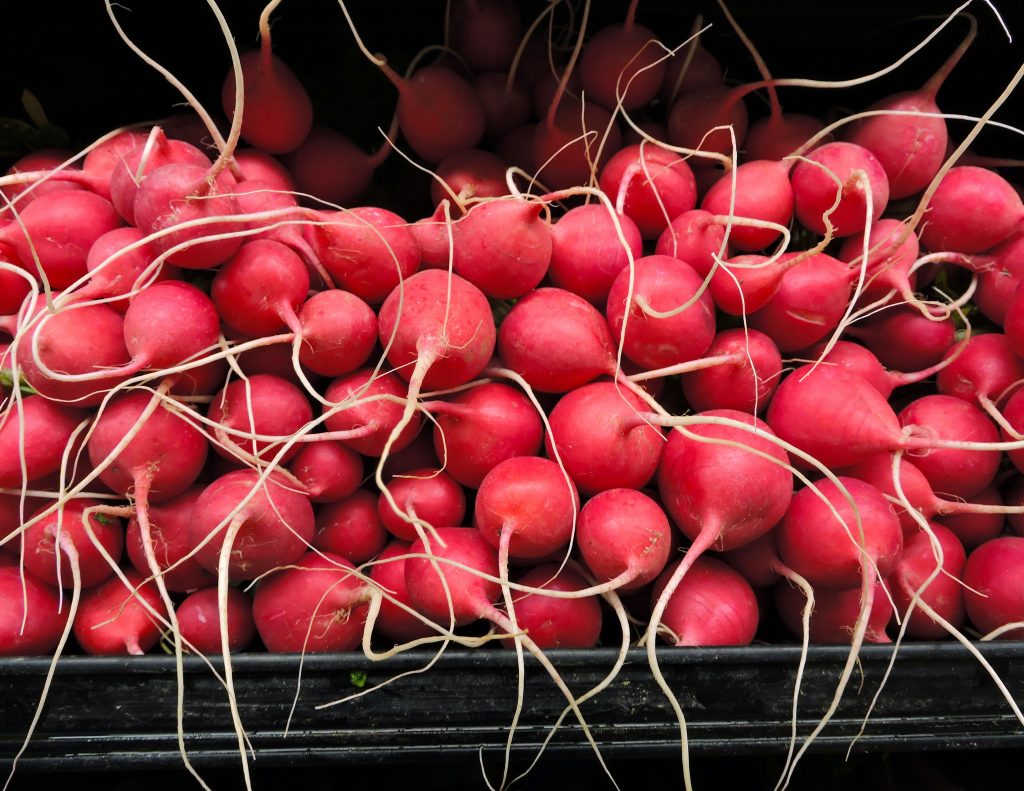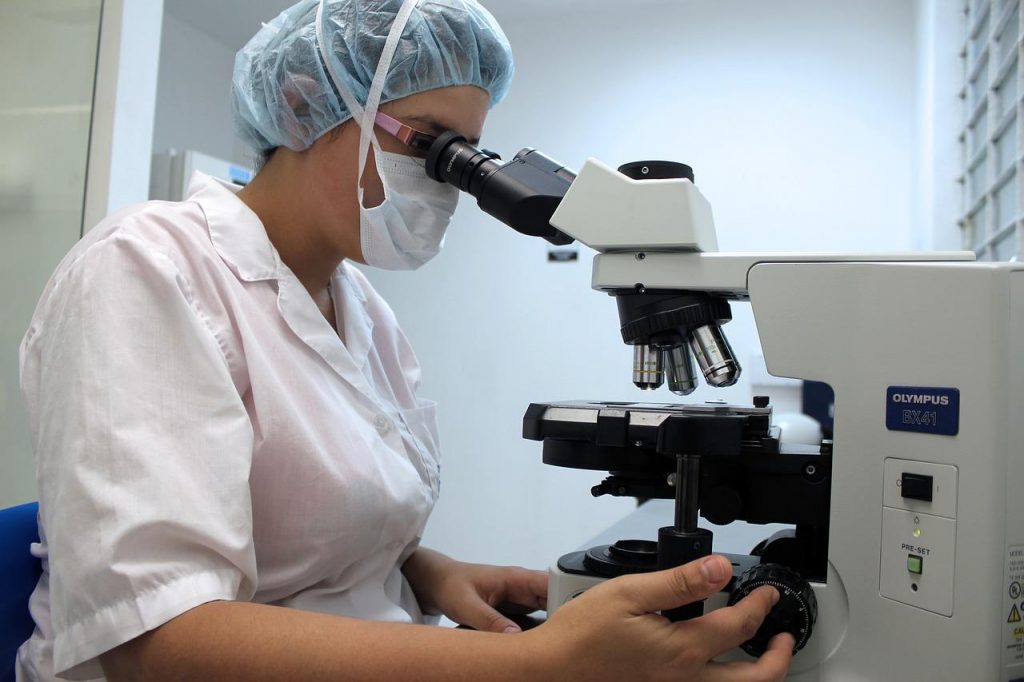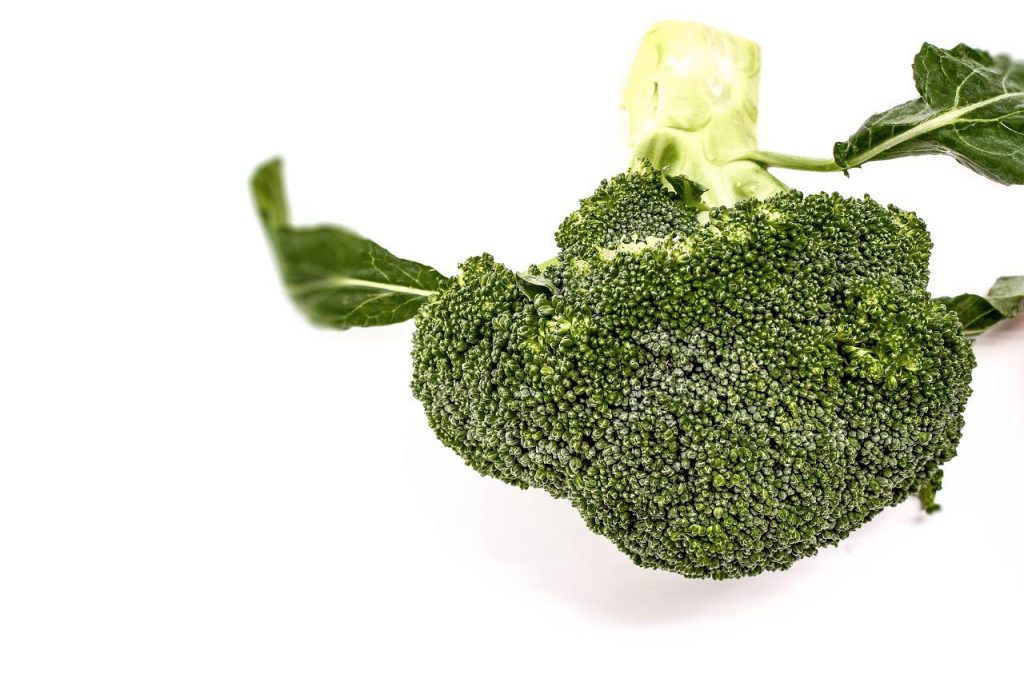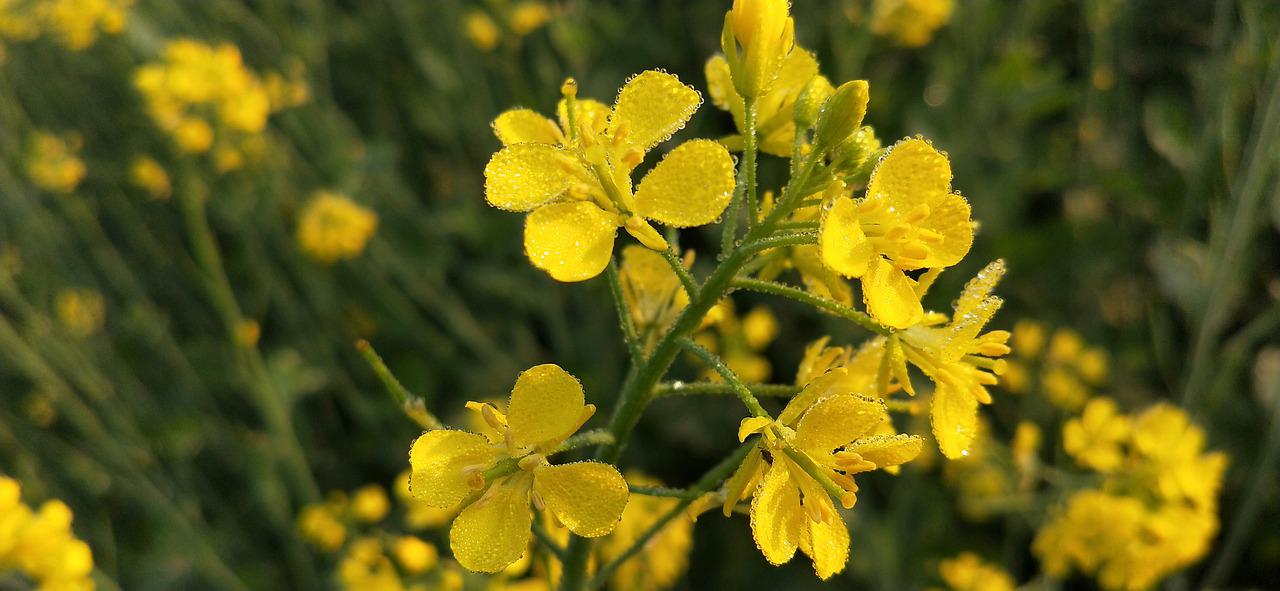The Molecular OncoSurgery working group, a cooperation between the Surgical University of Heidelberg and the German Cancer Research Center, investigated the effect of cruciferous plants on tumor stem cells under the direction of Prof. Ingrid Herr.
Since ancient times, cabbage has been used as a natural remedy against bacteria, fungi, inflammation and cancer. Marcus Porcius Cato Censorius, also called Cato the Elder (234 – 149 BC), a Roman historian, described that raw cabbage mixed with vinegar or boiled with oil banishes and cures all diseases “from hangovers after excessive wine consumption to to serious illnesses like cancer.” He wrote, “For a cancerous breast ulcer, treat the breast with a crushed cabbage leaf and it will heal.” These ancient traditions are still used today in naturopathy.
During World War II, doctors would put sauerkraut or crushed cabbage leaves directly on abscesses, suppurating wounds, or chilblains because medicines were scarce. Cabbage pads have a pain-relieving and anti-inflammatory effect and are therefore still used today for rheumatic complaints, gout, joint inflammation, but also for back pain and lumbago. A meal of cabbage, radishes, radish or sauerkraut juice relieves heartburn, gastritis, duodenal and stomach ulcers, lowers high blood pressure, and reduces obesity, diabetes and inflammation. Garden cress is said to lower the blood sugar level and mustard stimulates digestion and promotes blood circulation in the form of a mustard plaster.
The therapeutic effects of mustard oils

Broccoli, cauliflower and all other types of cabbage, as well as radishes, horseradish, cress, rocket and mustard are cruciferous vegetables whose active substances are largely isolated. Over 150 different mustard oil glycosides are known, which occur in different amounts in the numerous cruciferous plants. Mustard oils account for the pungent taste of radish, horseradish and mustard or the sometimes bitter taste of various types of cabbage.
The typical taste is created when the precursor components of mustard oil, the so-called glucosinolates, come into contact with the enzyme myrosinase. These are stored separately in the plant cell. Only when the plant cell is injured, e.g. B. by biting, chewing, cutting or food processing, the two components come together and the mustard oil is formed. Many herbivorous animals, but also viruses, bacteria and fungi, are poisoned or die from a meal of cabbage.
For humans, on the other hand, this plant family does not pose a danger in normal household quantities, but has a health-promoting effect. Experimental studies show, for example, the anti-infective properties of horseradish, nasturtium and watercress, which also attack viruses, fungi and bacteria. This experimental data was the basis for the production of phytotherapeutics from nasturtium and/or horseradish (e.g. Angocin® Anti-Infekt N, Cressana®, nasturtium tablets, horseradish juice). These are recommended for defense against infection and treatment of acute inflammatory diseases of the bronchi, sinuses and urinary tract. One can even speculate on a cancer-preventing effect of the phenylethyl mustard oils from horseradish and watercress, although an anti-carcinogenic effect has so far only been proven in the mouse model.
Epidemiological Studies and Cruciferous Vegetables

In fact, the results of numerous epidemiological studies indicate that cruciferous vegetables have a high potential for prevention. In 87 studies comparing dietary habits to cancer risk in large populations, a majority of 67% show a reduced risk of many types of cancer after frequent consumption of cruciferous vegetables. The corresponding percentages for cabbage, cauliflower, broccoli, and Brussels sprouts were 70, 67, 56, and 29%. The associations were most consistent for malignancies of the lung, stomach, colon, and rectum, and least consistent for prostate, endometrium, and ovary.
Furthermore, a systematic literature review by the WCRF/AICR found a tendency for frequent consumption of cabbage and a lower risk of pancreatic carcinoma. In addition, two well-controlled studies in patients with prostate cancer showed that eating cauliflower or broccoli three times a week inhibited metastasis, with five servings/week being more effective. Interestingly, there is an individual variation in the bioavailability of mustard oils, which is attributed to genetically determined different activities of the glutathione S‑transferase enzymes. In individuals with less enzyme activity, the mustard oils bind less well to glutathione and are therefore excreted more slowly, resulting in longer bioavailability and greater therapeutic potential.
Sulforaphane – the best described mustard oil for cancer
In terms of its therapeutic effectiveness, sulforaphane is now the best-studied mustard oil and is found in particularly high concentrations in broccoli and its sprouts. It has anti-microbial and anti-oxidant properties because it increases glutathione levels.
As a result, sulforaphane contributes to detoxification and prevents the formation of carcinogen-induced DNA adducts. These are caused, for example, by heterocyclic amines that are produced when grilling, roasting, deep-frying and baking. Many experimental laboratory studies and studies in animals show a protective and therapeutic effect of sulforaphane in various types of tumors. Sulforaphane induces programmed cell death, inhibits cell division and reduces angiogenesis/vascularization. In addition, sulforaphane reduces the activity of the overriding inflammatory mediator NF‑B and thus inhibits inflammatory processes and tumor progression.
The latest experimental studies indicate that sulforaphane even attacks cancer stem cells that are particularly resistant to therapy, thereby making various types of chemotherapeutic agents more effective again. This has so far been shown in experimental models of pancreatic, breast and prostate carcinoma.
Sulforaphane in broccoli makes resistant tumor stem cells in pancreatic tumors vulnerable

Around 12,650 people in Germany develop pancreatic carcinoma each year, an extremely aggressive tumor of the pancreas. The disease is often not noticed until late. Few patients survive the diagnosis for more than a year. Pancreatic carcinoma spreads aggressively, spreads to other organs and is largely insensitive to current therapies. So-called cancer stem cells, which can regenerate very well and are therefore resistant to drugs and radiation, are probably responsible for this.
“In other tumors, typically less than three percent of the cancer cells are tumor stem cells. Pancreatic carcinoma, on the other hand, harbors 10 percent or more of such aggressive cells,” says Prof. Herr. The scientists found that even new cancer drugs that are effective in other tumors were unable to do anything against the tumor stem cells in pancreatic carcinoma: the cells protect themselves with a special mechanism, the NF-kB signaling pathway, which seems to be involved in the pronounced resistance to therapy of pancreatic carcinoma .
Pancreatic carcinoma is made susceptible to therapy
Active substances that block exactly this signaling pathway and thus make the dangerous cells vulnerable are provided by nature: vegetables from the cruciferous family such as broccoli, cauliflower, Brussels sprouts or kale have a high content of sulforaphane, an active ingredient against cancer. It protects body cells from damage to the genetic material and initiates cell death when cells divide uncontrollably. Of all these vegetables, broccoli has the highest sulforaphane content.
Experiments with cell cultures, mice and freshly isolated tumor cells from patients showed that sulforaphane inhibited blood vessel formation in the tumor and tumor growth without causing any side effects. In combination with cancer drugs, this effect was increased. “Last year, a large-scale Canadian study with 1,338 patients with prostate cancer showed that a high consumption of broccoli and cauliflower could protect the patients from metastasizing the tumor,” says Professor Herr.
Sulforaphane — how much broccoli do you need?
Broccoli has been an insider tip in oncology since 1985 — and the trend is increasing to this day. Decisive was the colon cancer of the former US President Ronald Reagan and the broccoli cure prescribed by his personal physicians. After all, he survived the diagnosis 19 years. This is attributed to the action of the isothiocyanate sulforaphane, which is formed in broccoli from the inactive precursor substance glucoraphanin.
In experimental studies, 4.4 mg/kg/day sulforaphane was able to inhibit the growth of human pancreatic carcinoma xenografts in mice. After normalization based on the body surface area method, this corresponds to an amount of 0.36 mg/kg/day in humans. Extrapolated to an average person, this would be 25 mg sulforaphane/70 kg body weight/day.
Patients are now wondering how much cruciferous vegetables should be consumed to achieve such a concentration. The answer is difficult because the concentration of glukoraphanin varies greatly between different brassicas and even between the same variety.
Preparation is key

The form of preparation is important for maintaining the sulforaphane content in broccoli and cabbage. Blanching and cooking destroys the myrosinase in vegetables. Therefore, the conversion of glukoraphanin to active sulforaphane in cooked broccoli depends on the thioglucosidase activity of the gut flora. However, this is more or less severely attacked in many people by Western diets (too much fat, industrial sugar, white flour products, meat and sausage), inflammatory bowel diseases, antibiotics and chemotherapy. This means sulforaphane is not bioavailable because glukoraphanin cannot be converted into sulforaphane in the body. Therefore, it is recommended to eat the broccoli raw and chew it well so that glukoraphanin and myrosinase are released from the plant cell, react with each other and form sulforaphane.
In order to obtain the highest possible glukoraphanin content when heating the vegetables, the florets and the peeled stalks should be cut as small as possible before cooking in order to reduce the cooking time, which should not be longer than 5 minutes. Cooking in the microwave very quickly destroys the glukoraphanin and sulforaphane. When boiling or steaming, the amount of cooking water should be reduced because the water-soluble glucosinolates are washed out. However, the ingredients remain available if the cooking water is the basis for preparing sauces or soups.
Broccoli sprouts in patient studies

To get information about a therapeutically effective dose, broccoli sprouts have already been tested in patient studies. One of these studies examined the daily consumption of 70 g of broccoli sprouts for eight weeks in 48 patients with Helicobacter pylori — 70 g of sprouts contain sulforaphane in an amount equivalent to about two to three servings of broccoli daily.
Four and eight weeks later, the test group, but not the alfalfa sprouts control group, had significantly lower levels of markers for Helicobacter pylori in breath and stool, and the gastritis had improved. Unfortunately, after the study was completed, all markers returned to their original levels, indicating that the Helicobacter pylori infestation was suppressed by the amount of broccoli sprouts used, but not cured.
Related Articles
- Sulforaphane, a dietary component of broccoli/broccoli sprouts, inhibits breast cancer stem cells
https://aacrjournals.org/clincancerres/article/16/9/2580/76213/Sulforaphane-a-Dietary-Component-of-Broccoli - Synergistic Activity of Sorafenib and Sulforaphane Abolishes Pancreatic Cancer Stem Cell Characteristics
https://aacrjournals.org/cancerres/article/70/12/5004/559497/Synergistic-Activity-of-Sorafenib-and-Sulforaphane

